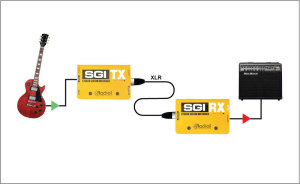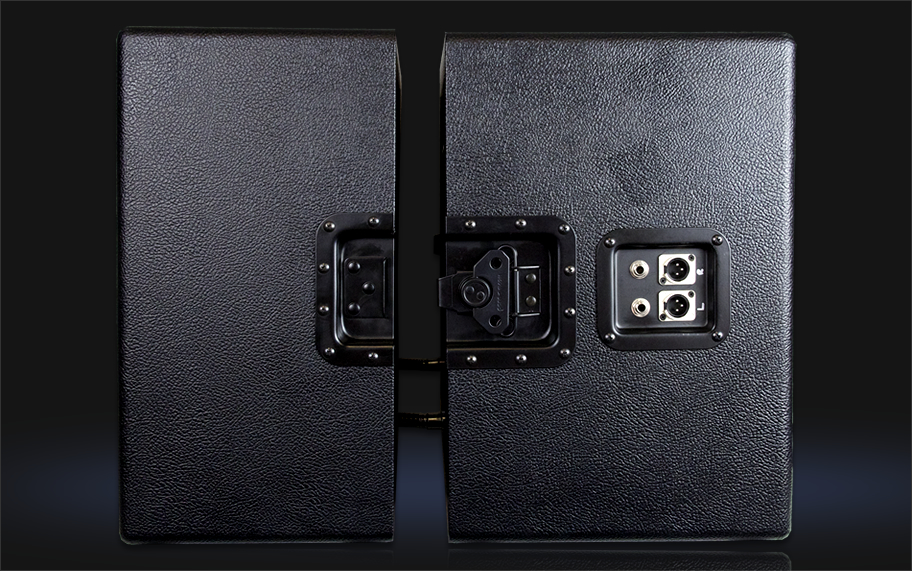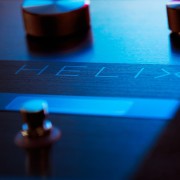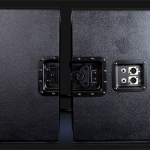Moving Guitar Cabs Off Stage
In this first installment of our “100 WAYS TO TURN IT DOWN” series we’re going to tackle how to move a noisy guitar amp backstage without compromising the guitarist’s glorious tone.
 THE PROBLEM:
THE PROBLEM:
Most great guitar amps are loud. Really loud. Tube amps have a sweet spot, a wonderfully expressive place that is unlocked with the perfect drive and master volume settings, (often the best master volume setting is at max!).
Unfortunately for the rest of us, that sweet spot is usually quite loud. If your band is on in-ears or you have enough monitor mixes to go around, you have the option of moving the amp to a backstage room. While this strategy can drastically reduce the volume on stage, it may also compromise the tone and integrity of the guitarists signal.
When guitar cables get long two things happen; 1. the cable starts picking up all sorts of noises, and 2. it affects the guitar tone, (thins it out as the electrical capacitance increases) and it affects the guitar’s interaction with the amp. Typically you can get about 30’ of useable length out of a 1/4” guitar cable before it starts introducing problems. Most backstage rooms are futher than 30’ from the guitar position, so what’s the modern axe slinger to do?
 THE SOLUTION:
THE SOLUTION:
Radial Engineering make a wonderful product called the SGI Studio Guitar Interface that generally sells for $259.99. The SGI looks like a pair of DI’s, and in some ways it works a lot like a pair of DI’s, however it is made specifically to ensure your tone will make it up to 300’ without any loss, and do it without compromising the magical interaction between your guitar and amp. How does it do it? The transmitter box sits at your pedalboard and converts your 1/4” cable to a balanced XLR line level signal. The transmitter has an active class A buffer, (the good kind) and a “Drag” circuit that will allow you to reproduce the interaction of your guitar and amp when the transmitter and receiver are inserted. The Receiver module converts the line level balanced signal back to a guitar signal at the exact same level your signal hit the transmitter.
THE SETUP:
First take your guitar, the transmitter, a 1/4” cable and an XLR cable to your backstage amp. Plug your guitar straight into the amp to ensure the tone is dialed in just how you like. Now introduce the SGI receiver and transmitter connected with an XLR cable, and adjust the Drag control on the Transmitter until the tone and feel is just right - just like how it was when you connected directly to the amp. (Don’t forget to power the transmitter with the included power supply). Return to stage with the transmitter and connect your pedalboard to it. If you experience hum you can press the ground lift button on the receiver, otherwise you’re all set.
ALTERNATIVE OPTION:
The Little Labs STD offers a similar outcome with an 80’ range for $149.99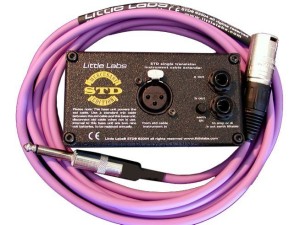
Sometimes it helps to acoustically baffle the amp backstage so it doesn’t annoy the folks who have to get around back there. Sometimes you’ve got a closet, or an un-used space you can drop the amp and mic into. Whatever your situation, make sure the area is ventilated so the amp can stay cool and give you its best.
By now the tech team will have put a mic on your amp, and the signal should be available in your in-ears or in the monitor as needed.
In a future installment we’ll look at commercial and DIY isolation cabinets that can dramatically reduce the volume of your speaker cabinet backstage or onstage.
Know someone else who might benefit from receiving our weekly insights? Share this link with them so they can sign up. We sincerely appreciate your referral. http://mad.ly/signups/27988/join

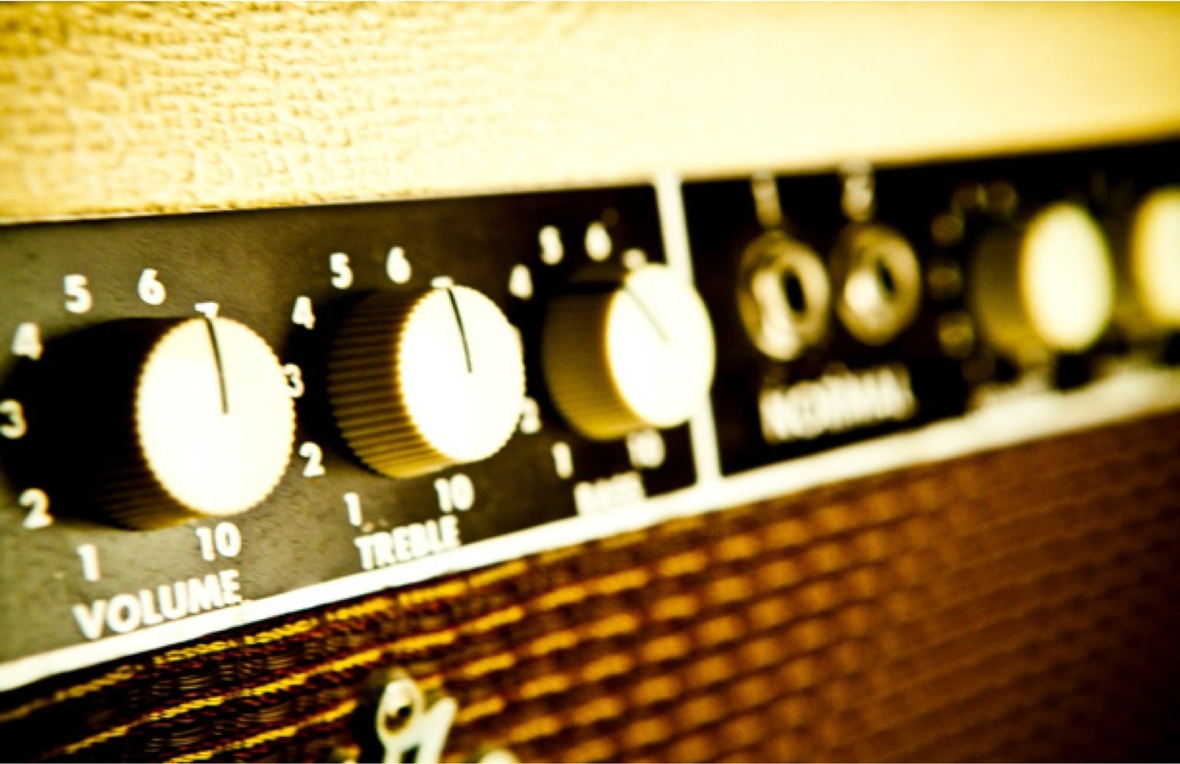

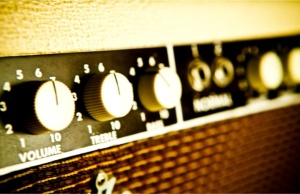 THE PROBLEM:
THE PROBLEM: